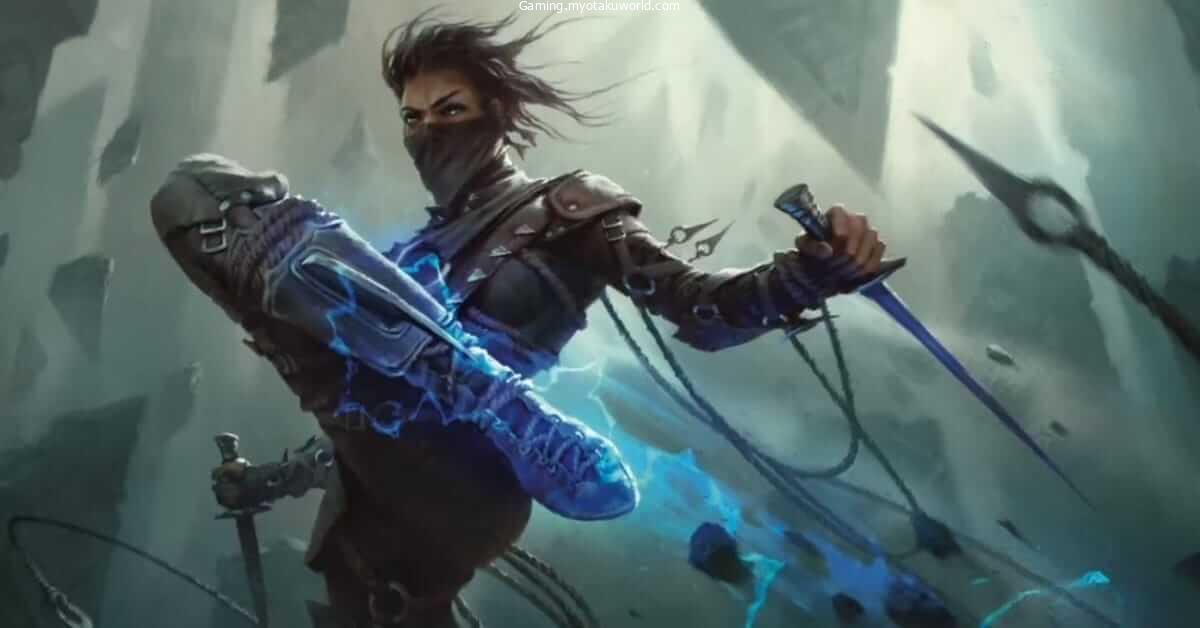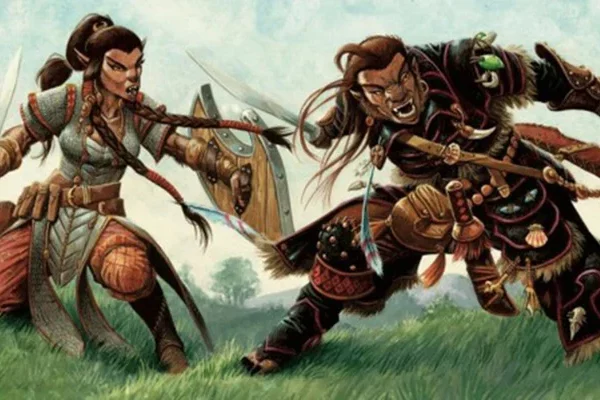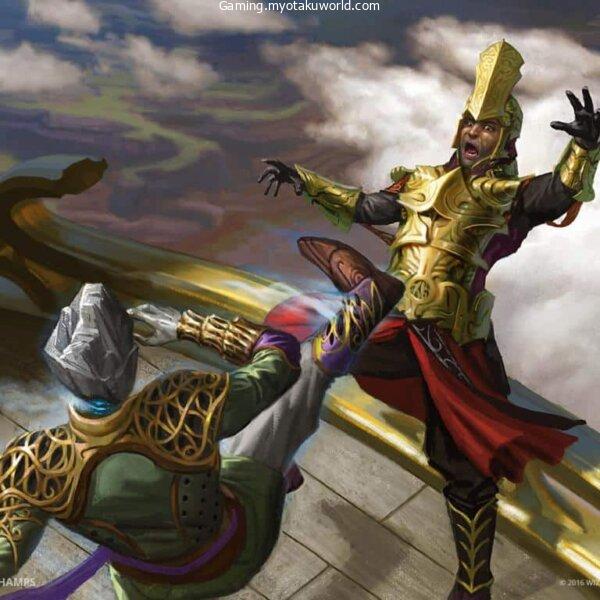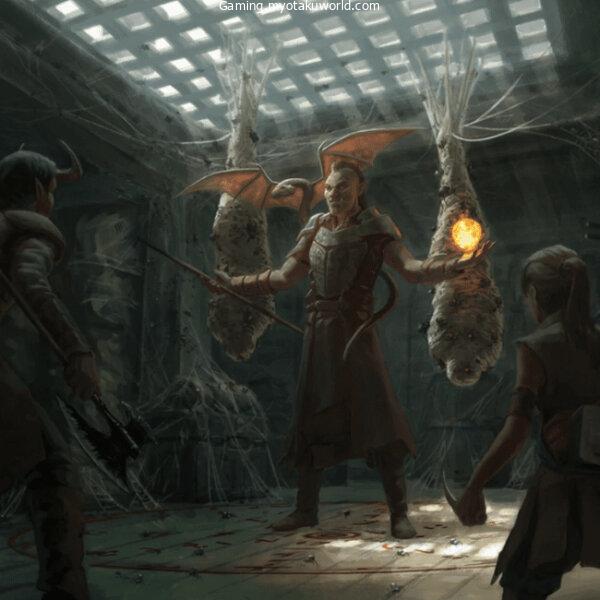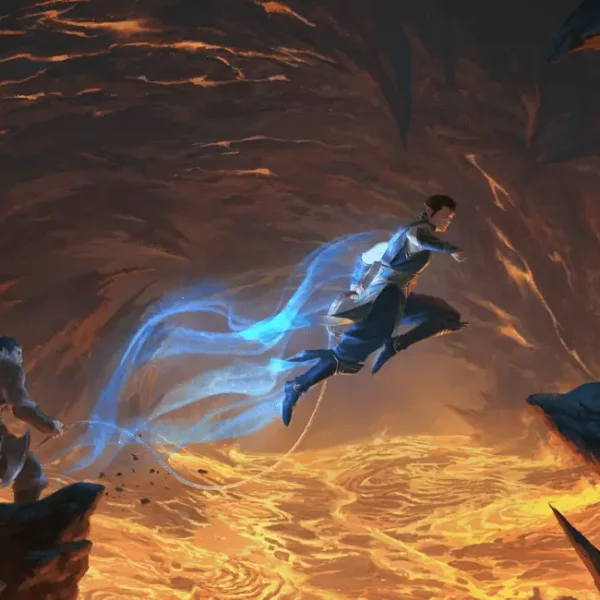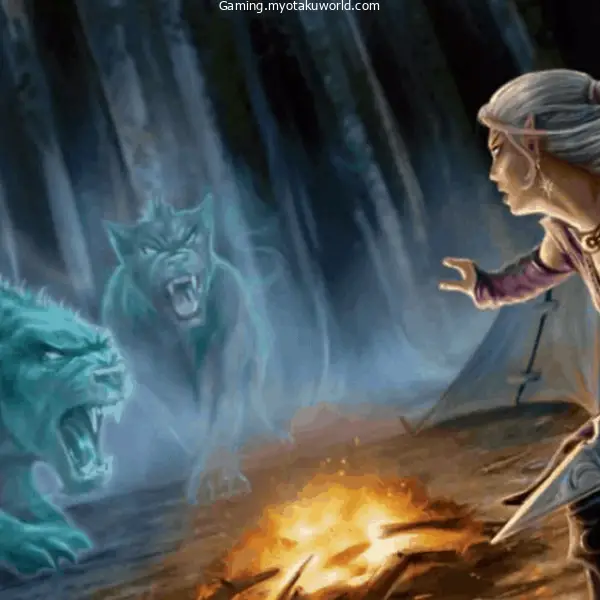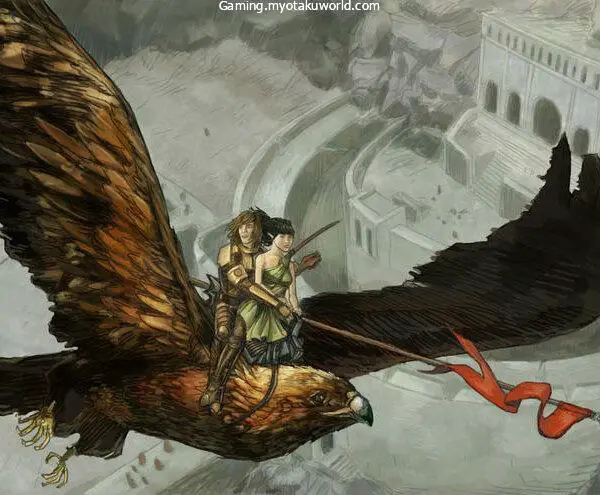Depending on the circumstances, a player character (PC) in Dungeons & Dragons 5th Edition (D&D 5e) can perform a reaction.
Reactions can be used on other players’ or monsters’ turns, unlike most other forms of actions.
There aren’t many skills that rely on reactions, so even at higher levels, most players won’t be able to make good use of theirs.
Opportunity Attacks
Opportunity attacks are one of the most typical responses that any PC may take.
In melee combat, you can only be attacked by your opponent while they are out of melee range, which is known as an Opportunity Attack.
This is more often the result of an attacker moving away from you or attempting to pass you by.
As a reminder, most melee weapons have a range between 5 and 10 feet.
If a PC moves out of range of an enemy, that enemy may use an Opportunity to Attack the PC.
Most characters and monsters are limited to one opportunity to attack every round due to their limited number of reactions.
Using the Disengage action or other special skills can also help you escape being targeted by an opportunity attack.
Other Abilities Using a Reaction

Most abilities that employ a Reaction are provided by class or subclass characteristics, spells, or feats, unlike Opportunity Attacks, which are granted by chance.
Only a few Reactions can be used by everyone.
Among them are:
When an adversary arrives within range, for example, a PC can employ the Ready action, which is an action that the PC has prepared in advance to do, like firing a bow.
You can dismount and land on your feet if you are riding a steed that gets knocked prone.
Alternately, you can spot a spell in progress by making an Intelligence (Arcana) check of DC 15+ the spell level, an option from Xanathar’s Guide to Everything.
What is Action Economy?
“Action Economy” refers to a player’s ability to fulfill numerous goals in a single round.
Expert players will typically strive to employ both their response and bonus action, which can increase their character’s effectiveness and lethality in combat.

A multitude of class/subclass traits, feats, and spells can be used to increase the player’s action economy, but it’s not always straightforward to do so.
Polearm Master, for example, is a well-known feat that allows a PC to perform a bonus action attack and take an Opportunity Attack when an adversary advances within range (which is 10 feet for many of the weapons mentioned in the feat).
With this achievement, players are able to make up to three times as many attacks as they would ordinarily be able to since it provides an additional action and a reaction choice.
However, emotions may be used in a variety of ways, particularly as characters level up.
There are a number of spells that require a response to be cast in order to work.
There must be a precise trigger event in each of those circumstances.
Shield and Hellish Rebuke are examples of spells that require an adversary to attack you in order to perform them.
Uncanny Dodge allows the rogue to suffer half-damage from one attack each round if they can see it, and their Cunning Action grants them numerous additional actions.
Rounds and Turns in 5e

There are two actions and two bonus actions available to each character on their turn, and one response every battle round in 5e.
In a round, there are a number of Turns.
During their turn, each player can move and do an action, and they gain an additional bonus action (if any).
A number of enemy Turns are allotted, during which they can move and perform actions.
To decide the sequence of the turns, players typically use a dice roll called the Initiative.
It’s possible to use a response during another character’s turn or an enemy’s turn if there is an appropriate triggering effect in the Round.
If a triggering effect is present, a player may additionally utilize a response during their Turn.
A player’s reaction to taking an opportunity attack can be used to cast a shield spell, for example.
Even yet, if they’ve previously cast a Bonus Action spell, they aren’t permitted to do this since “you can’t cast another spell during the same turn, save for a cantrip with a Casting Time of 1 action” states the rule.
It’s possible to use an action and a response at the same turn to cast spells (weird but true.)
Some Basic Reaction Rules
As soon as the next turn begins, all previously utilized reactions are forfeited and a new one is started.
At the start of your turn, your response is reset.
To make matters worse, if a character or enemy gets surprised at the start of the battle, they cannot use a reaction until the conclusion of their first turn.
After the end of their first turn, they’re also not able to move or do any further actions.
The Bottom Line

Make no apologies for not using your Reaction very much!
It is important to be aware of any additional actions you have and find methods to employ them, especially as you level up.
Subclasses in Xanathar’s Guide to Everything and Tasha Cauldron of All Things are significantly more likely to have response abilities than the subclasses in the Player’s Handbook, but this is only a tiny difference.
If a spellcaster has a fair selection of response spells, they should strongly consider choosing at least one of them.
Using a reaction to cast a spell still consumes a spell slot, therefore reaction and bonus action spells shouldn’t be overused.
